How and what to clean mushrooms with - nuances of processing
Many housewives refuse to prepare tasty and satisfying dishes with champignons, butter mushrooms and honey mushrooms only because they do not know how to clean mushrooms or how to prepare them for further use. Some even have doubts about whether this should be done, because even in restaurants they serve food with products that have not removed the natural skin on the caps.
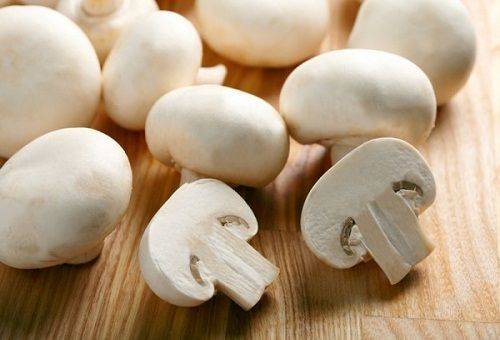
You really need to approach the preparation of mushroom appetizers by first understanding all the intricacies of processing the main component. Only if you do everything correctly can you count on creating an original and safe culinary masterpiece.
Do you need to peel mushrooms: basic rules of the process
Product pre-treatment options may vary. Before peeling mushrooms, you need to determine their origin. Store-bought champignons and oyster mushrooms are most often the result of artificial cultivation, so their skins can be left on. We must not forget that even with this approach, the products are not produced in a sterile environment, so they must be washed. It is better to clean forest and garden mushrooms after picking, even if they were grown in an ecologically clean area and look clean.
To do everything correctly, you need to remember the basic rules of the approach. They do not depend on the type of product and its origin:
- Mushrooms should not sit for a long time after purchasing or assembling. The sooner their processing begins, the lower the risk of food poisoning or product spoilage.Before peeling mushrooms, they need to be inspected and sorted by size, degree of contamination, and quality.
- You shouldn't wash your items right away; it's better to use a dry approach first. You need to arm yourself with a convenient knife for scraping the legs and a soft sponge or brush to remove traces of sand and earth.
- After dry cleaning, it is recommended to soak the mushrooms briefly in salt water. This will prevent the mushrooms from turning black and will prevent undetected worms from spreading into them. By the way, artificially grown products may also suffer from the appearance of the latter.
Proper pre-treatment is not everything. Depending on the type of product, additional manipulations may be necessary.
Specifics of cleaning mushrooms of different varieties
The procedure for cleaning mushrooms is quite simple, but if you forget about the nuances of the approach or simply ignore them, you can ruin a quality product and even provoke poisoning:
- Before you clean the boletus, you need to make sure that they are not false. To do this, remove the slimy film from the surface of the caps. If the substance does not come off, the mushrooms should be discarded. The film comes off with real oils without any problems, the size of the elements does not matter. An additional advantage of manipulation is that the texture of the mushrooms will become softer. How many films after thermal exposure become dense and unpleasant.
- The main point when cleaning boletus mushrooms is the treatment of rough legs. You need to completely remove the top layer of gray ripples from them.
- Champignons are considered pure mushrooms. If they are still young, with a neat closed cap, then you can limit yourself to wet processing with a soft sponge.
- Before peeling porcini mushrooms, it is necessary to assess the degree of contamination.Products that are heavily covered with a layer of soil must first be soaked, brushed, and rinsed under running water. If the problems are not so serious, then this step can be skipped. We just take the mushroom, renew the cut on the stem to make sure there are no worms and wipe the cap with a damp sponge.
Advice: You can only cook proven mushrooms; you should not experiment with dubious products. Even if the most ordinary champignons look non-standard, it is better to refuse them.
- Saffron milk caps are very rarely contaminated. Before cooking, you just need to rinse them under running water, rub the problem areas with a sponge and cut off the legs that are too long.
- We clean the chanterelles from sand, cut off the tip of the stem and soak for 10 minutes in clean water. There is no need to add salt to the liquid; mushrooms of this variety are not wormy.
- Particular attention should be paid to how to clean honey mushrooms. First, we cut off the leg with traces of soil. Then we soak the products in hot water and wait until all the dirt comes off the mushroom and the ring under the cap comes off.
- You won’t be able to clean milk mushrooms correctly and efficiently with just a damp sponge. First, the product must be soaked in cold water for at least a day. During this time, the water needs to be changed several times. After the main dirt has come off, take a brush and clean off the remaining soil and sand.
- Oyster mushrooms need not so much cleaning as cultivation. We sort through the mushrooms, cutting off the lower parts of the legs, dark places and uneven edges on the caps.
- The scales or outer shell should be completely removed from raincoats. It must be remembered that only those raincoats that have not begun to turn yellow from the inside are edible.
Only after cleaning the mushrooms according to all the rules is their further use as a food product allowed. This preparation must be carried out regardless of what dishes you plan to prepare in the future. If during processing there is an unusual or unpleasant odor from the pulp, growths or damage caused by insects and animals are detected, such products should be discarded. Even heat treatment does not guarantee their safety and pleasant taste.
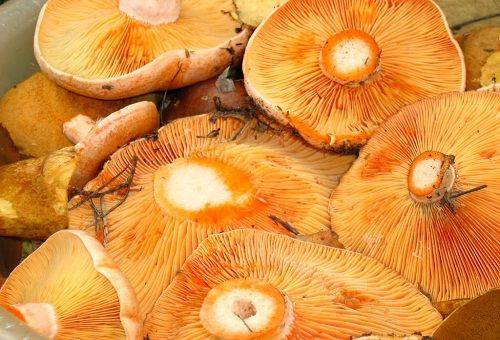
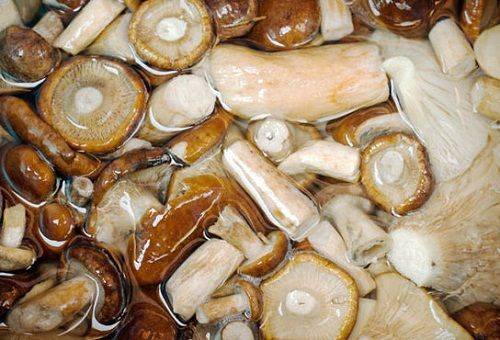
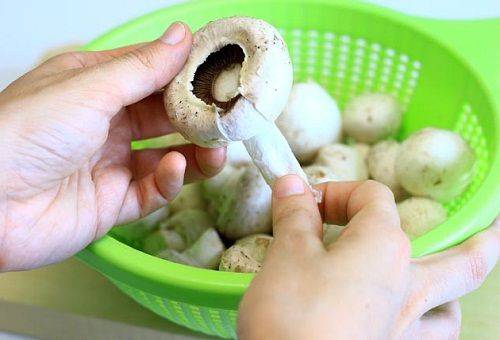
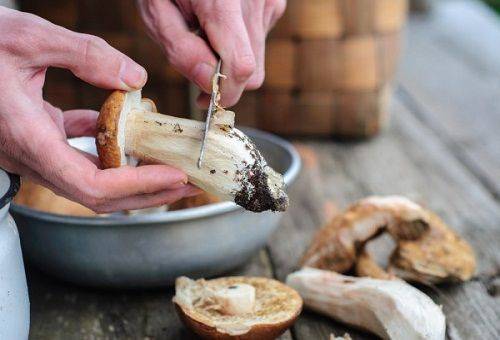
In old mushrooms, it is recommended to cut off the tubular layer under the cap, as spores form there. It is important to cook peeled mushrooms immediately, as mushroom fibers absorb excess odors very quickly.